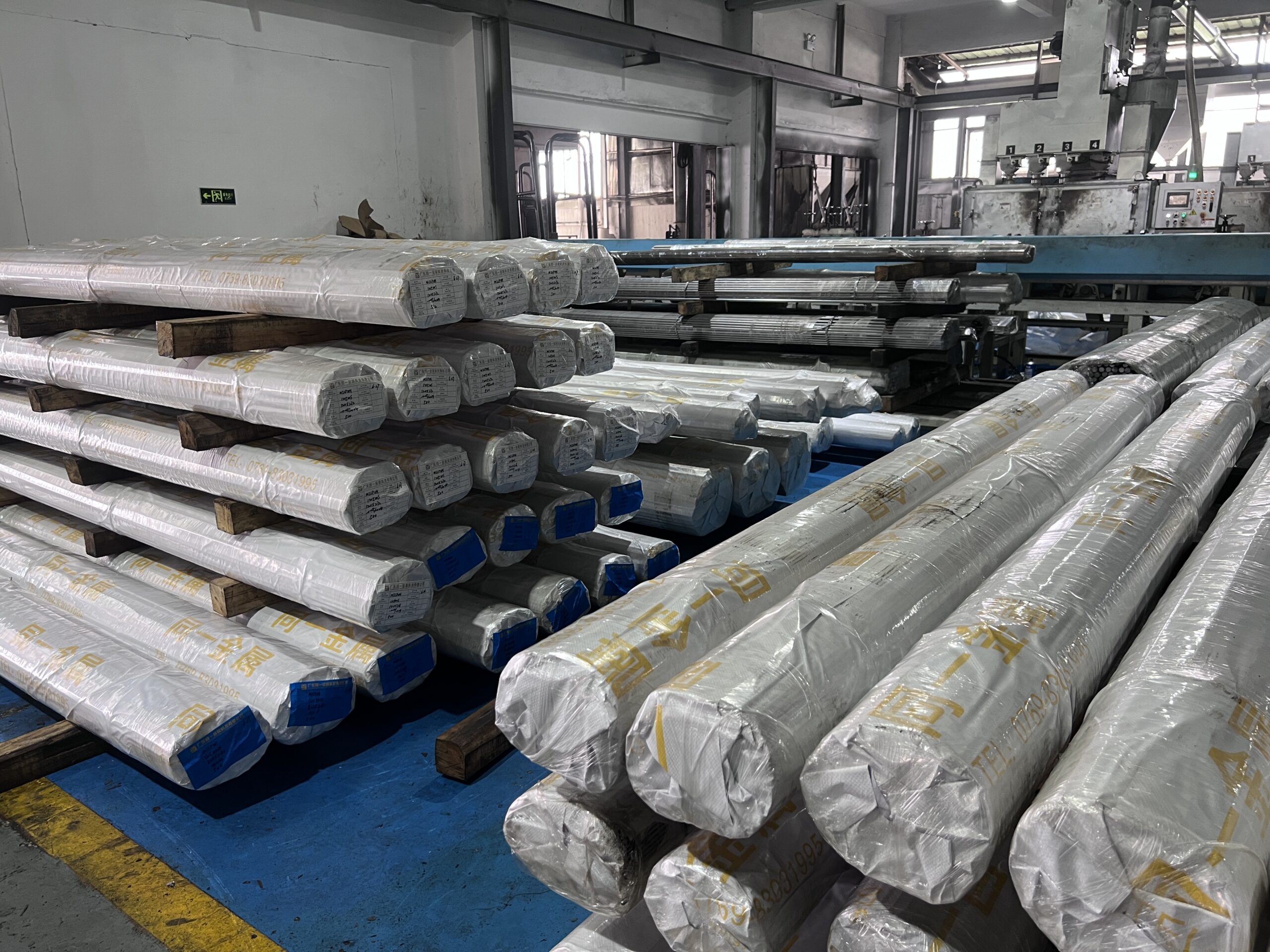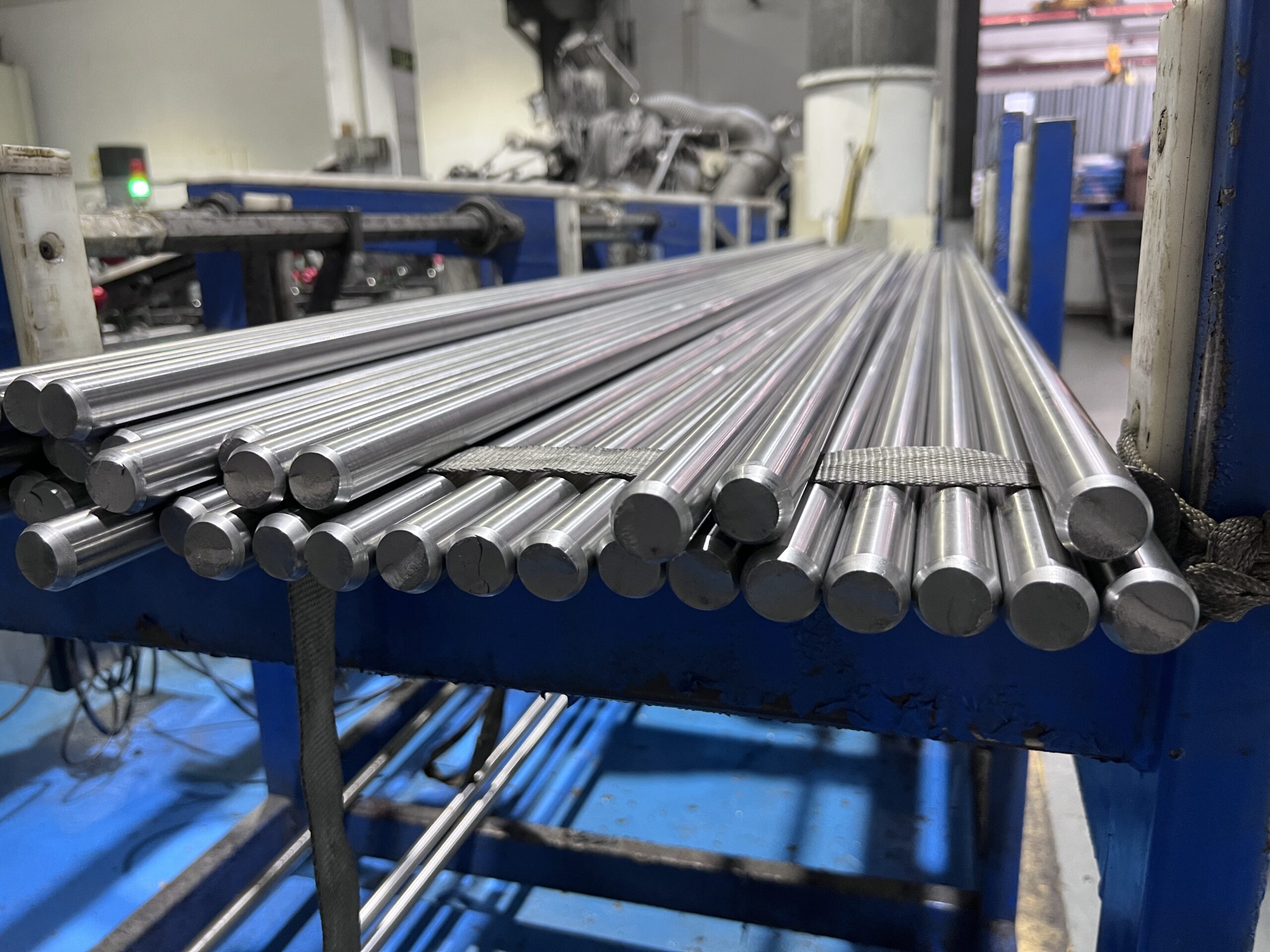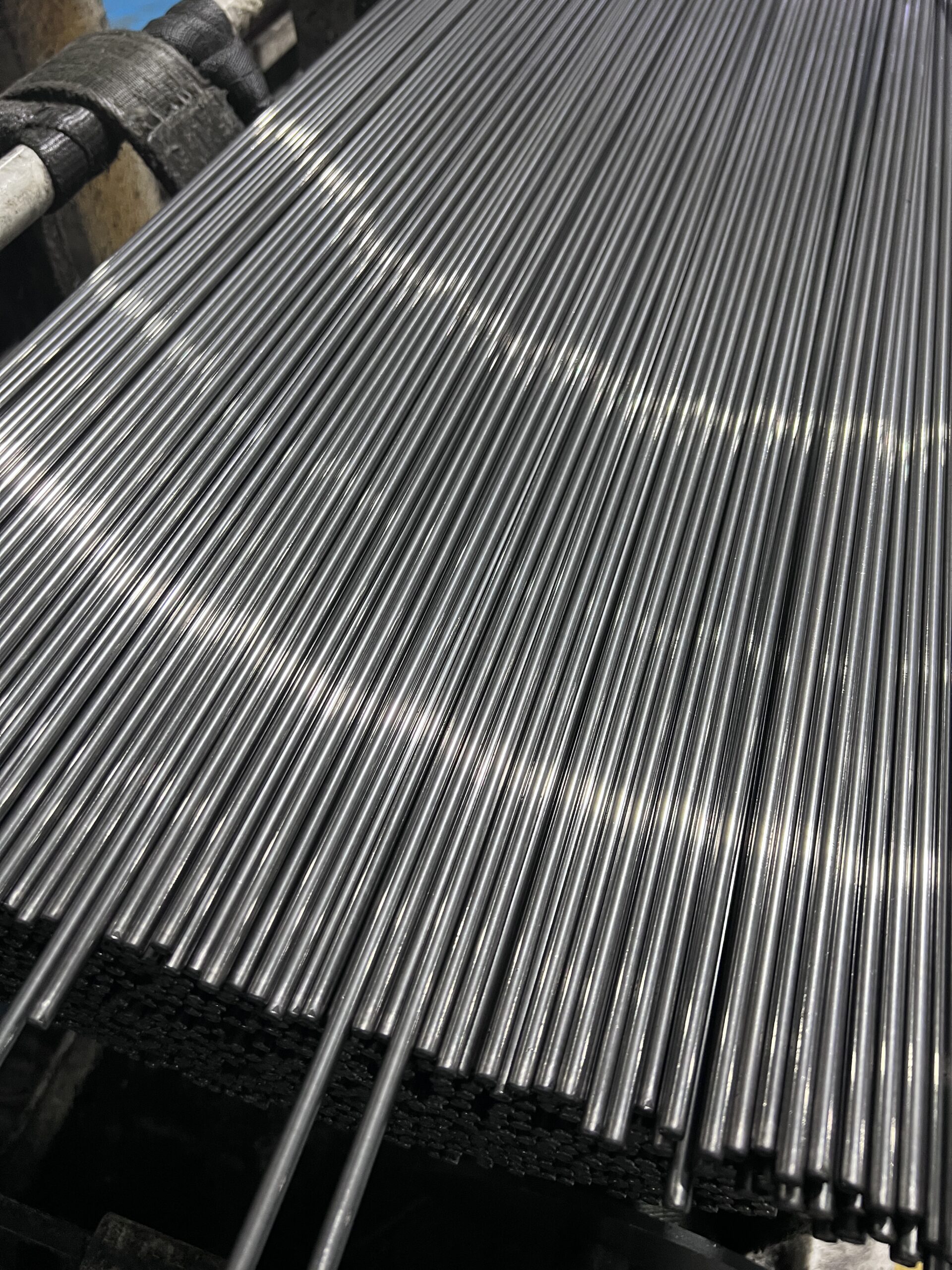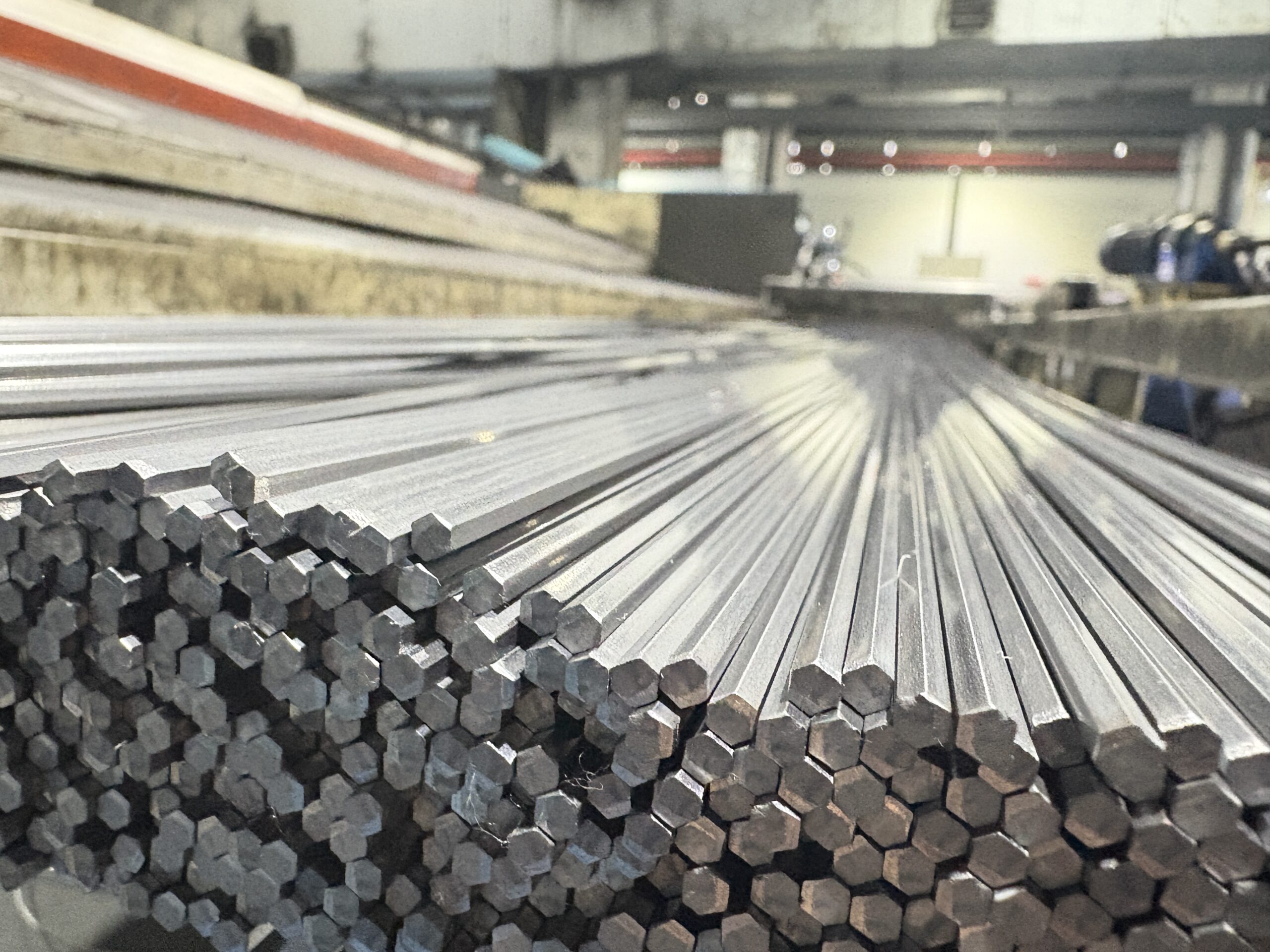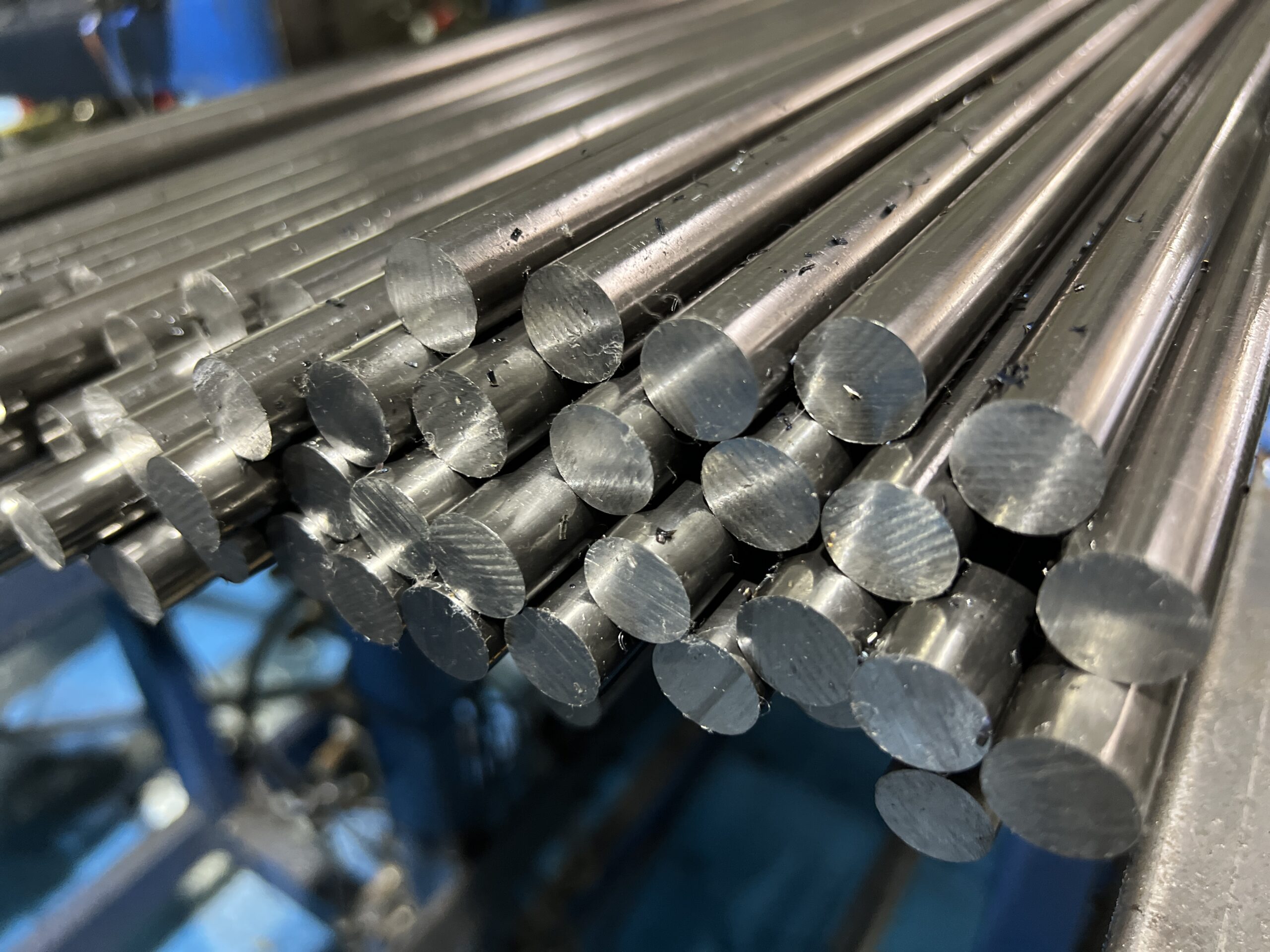When manufacturing high-precision mechanical parts, the choice of material directly impacts performance, durability, and production cost. Among bearing steels, GCr15 quenched and tempered steel bars have become a benchmark for high-strength and high-precision components. But what exactly makes them different from ordinary bearing steel? Let’s take a detailed look.
1. Chemical Composition Comparison
| Element | GCr15 (%) | Standard Bearing Steel (Average %) | Key Function |
|---|---|---|---|
| Carbon (C) | 0.95–1.05 | 0.80–0.95 | Determines hardness and wear resistance |
| Chromium (Cr) | 1.30–1.65 | 0.80–1.20 | Enhances hardenability and corrosion resistance |
| Manganese (Mn) | ≤ 0.40 | ≤ 0.60 | Improves toughness and processability |
| Silicon (Si) | ≤ 0.35 | ≤ 0.50 | Increases strength and elasticity |
| Phosphorus (P) | ≤ 0.025 | ≤ 0.030 | Affects purity and fatigue resistance |
| Sulfur (S) | ≤ 0.025 | ≤ 0.030 | Affects machinability and cleanliness |
Summary:
GCr15 contains higher carbon and chromium content, giving it greater surface hardness, better wear resistance, and improved fatigue life compared with standard bearing steel.
2. Mechanical Properties
| Property | GCr15 (After Quenching & Tempering) | Standard Bearing Steel |
|---|---|---|
| Hardness (HRC) | 58–62 | 50–55 |
| Tensile Strength (MPa) | ≥1080 | 850–950 |
| Yield Strength (MPa) | ≥850 | 700–800 |
| Elongation (%) | ≥8 | 10–12 |
| Impact Toughness (J/cm²) | ≥15 | ≥10 |
GCr15’s superior hardness and tensile strength mean it can handle higher loads and maintain precision under stress. It’s especially suitable for high-speed rotating parts such as shafts, bearings, and rollers.
3. Heat Treatment and Dimensional Stability
The quenching and tempering process used for GCr15 is carefully controlled to achieve uniform internal hardness and minimize deformation.
-
Ordinary bearing steel may experience uneven hardness or warping after heat treatment.
-
GCr15 bars maintain consistent geometry, reducing the need for secondary machining.
This is why GCr15 grinding bars are often the first choice for applications requiring ultra-high precision—like spindle shafts, motor bearings, and transmission components.
4. Application Comparison
| Application Field | GCr15 Quenched & Tempered Steel | Ordinary Bearing Steel |
|---|---|---|
| Automotive Components | ✔ Used for high-speed shafts, gears, and bearing seats | Suitable for moderate load parts |
| Industrial Bearings | ✔ Ideal for high-precision, long-life bearings | Used in low-speed machinery |
| Aerospace Parts | ✔ High fatigue strength and dimensional stability | Rarely used |
| Precision Machinery | ✔ Excellent for CNC spindles and ball screws | Limited use |
| Hydraulic Equipment | ✔ Maintains form under pressure | Limited corrosion resistance |
5. Why Manufacturers Choose Tongyi Metal’s GCr15 Bars
Tongyi Metal supplies GCr15 quenched and tempered steel bars that meet the strictest quality standards for industrial manufacturing.
Our advantages include:
-
Tight tolerance control (roundness ≤ 0.005 mm, straightness ≤ 0.02 mm)
-
Stable hardness range (HRC 58–62) with uniform internal structure
-
High surface finish (Ra ≤ 0.4), reducing machining time
-
Custom processing available for automotive, bearing, and aerospace customers
Each bar undergoes advanced heat treatment and precision grinding, ensuring consistent mechanical performance and dimensional accuracy.
6. Conclusion
The difference between GCr15 and ordinary bearing steel lies in more than just composition—it’s about stability, performance, and reliability. GCr15’s superior hardness, wear resistance, and dimensional stability make it the go-to choice for high-strength shaft and bearing components.
For industries pursuing precision and durability, Tongyi Metal’s GCr15 quenched and tempered steel bars provide the foundation for reliable, long-lasting performance.


